The Homeopathy Market is currently characterized by a dynamic competitive landscape, driven by increasing consumer awareness and a growing preference for natural remedies. Key players such as Boiron (FR), Schwabe (DE), and Heel (DE) are at the forefront, each adopting distinct strategies to enhance their market presence. Boiron (FR) focuses on innovation in product development, particularly in expanding its range of homeopathic medicines to cater to diverse health needs. Schwabe (DE), on the other hand, emphasizes regional expansion, particularly in emerging markets, thereby broadening its consumer base. Heel (DE) is actively pursuing digital transformation, enhancing its online presence to reach a wider audience. Collectively, these strategies contribute to a competitive environment that is increasingly shaped by innovation and consumer engagement.
In terms of business tactics, companies are localizing manufacturing to reduce costs and improve supply chain efficiency. The Homeopathy Market appears moderately fragmented, with several players vying for market share. This fragmentation allows for a variety of products and services, but also intensifies competition among key players. The collective influence of these companies is significant, as they continuously adapt to market demands and consumer preferences.
In August 2025, Boiron (FR) announced the launch of a new line of homeopathic remedies specifically designed for children, which reflects its commitment to innovation and addressing niche markets. This strategic move is likely to enhance Boiron's brand loyalty among parents seeking safe and effective treatment options for their children, thereby solidifying its market position. Furthermore, this initiative may attract new customers who prioritize natural health solutions for their families.
In September 2025, Schwabe (DE) entered into a strategic partnership with a local distributor in India, aiming to expand its footprint in the rapidly growing Asian market. This collaboration is expected to facilitate better access to Schwabe's products, leveraging local expertise to navigate regulatory challenges and consumer preferences. Such partnerships are crucial for enhancing market penetration and establishing a robust distribution network in emerging economies.
In July 2025, Heel (DE) launched an innovative digital platform that allows consumers to consult with homeopathic practitioners online. This initiative not only enhances customer engagement but also positions Heel as a leader in integrating technology with traditional homeopathy. By providing accessible consultations, Heel is likely to attract a tech-savvy demographic that values convenience and personalized health solutions.
As of October 2025, the Homeopathy Market is witnessing trends such as digitalization, sustainability, and the integration of artificial intelligence in product development and consumer engagement. Strategic alliances are increasingly shaping the competitive landscape, enabling companies to leverage each other's strengths. Looking ahead, competitive differentiation is expected to evolve, with a shift from price-based competition to a focus on innovation, technology, and supply chain reliability. Companies that can effectively harness these trends will likely secure a competitive edge in the market.
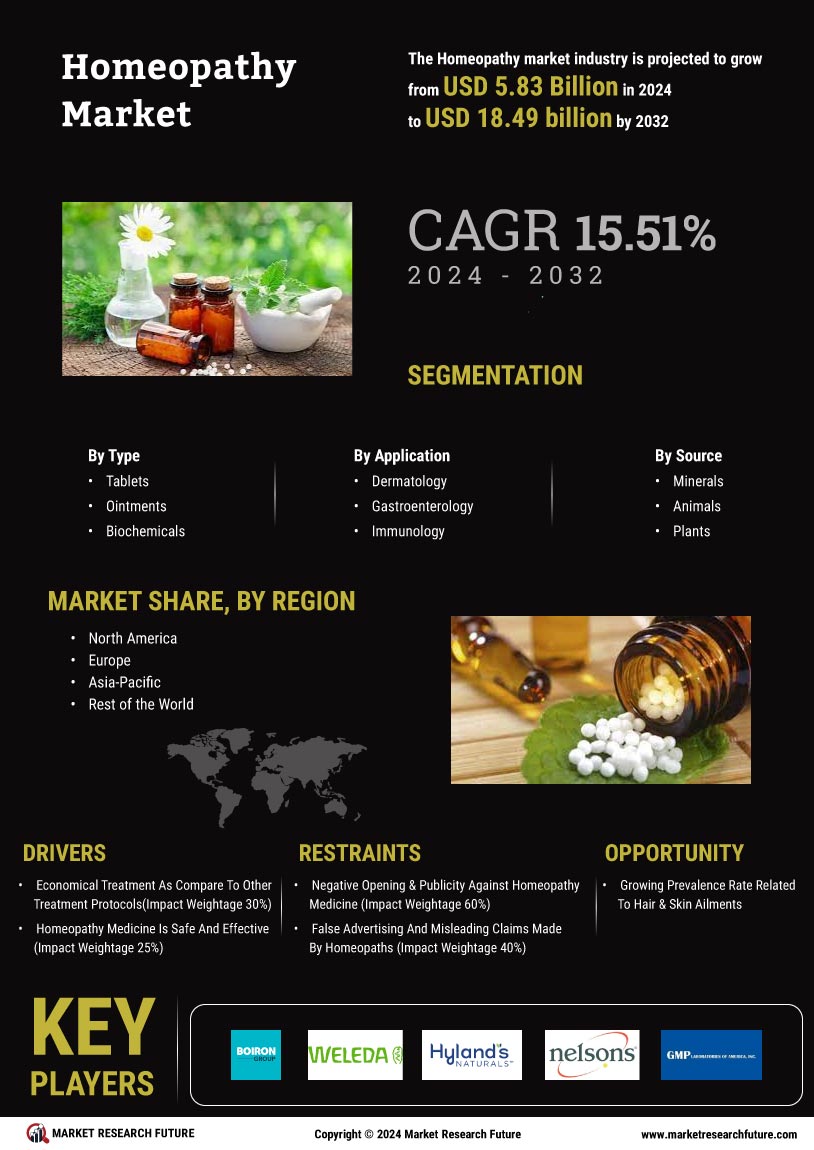

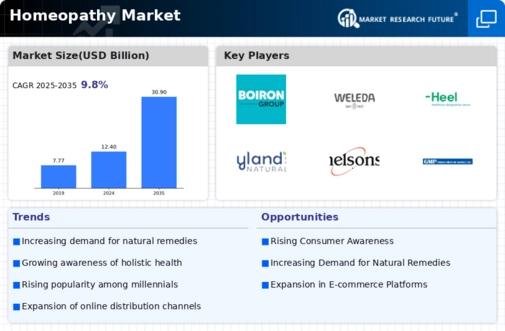
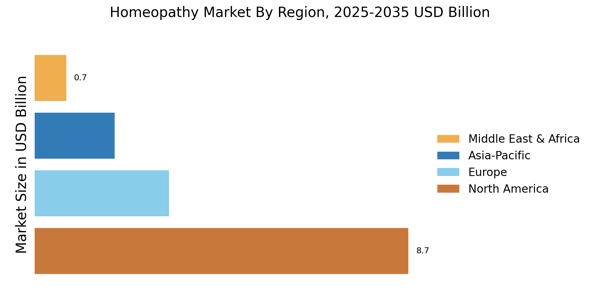
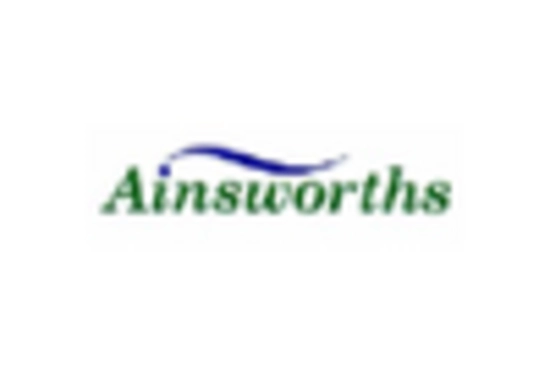
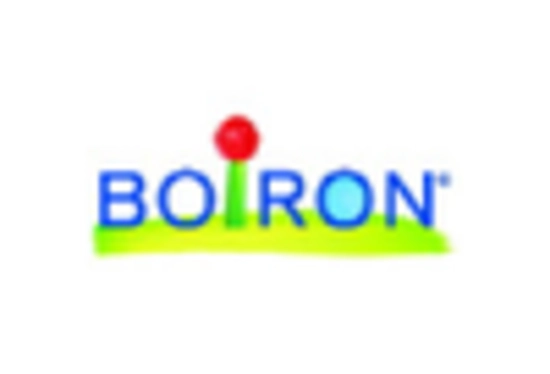
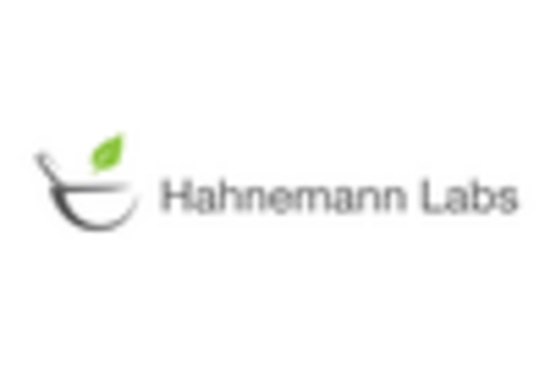
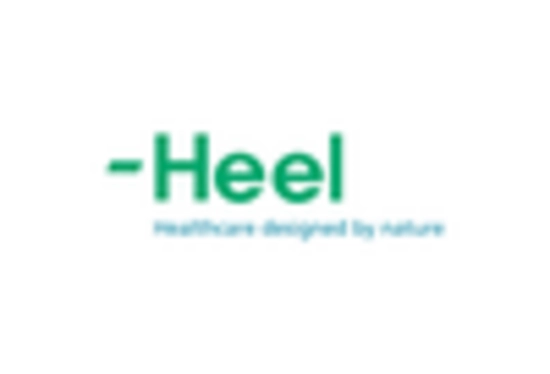

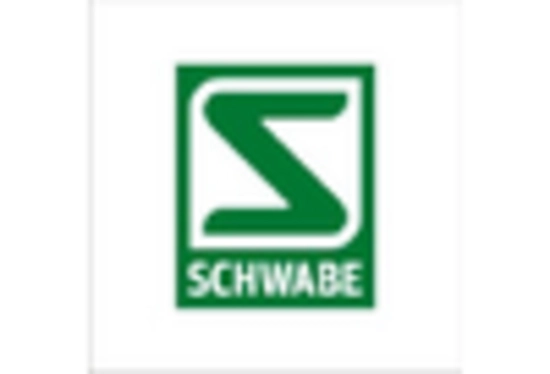








Leave a Comment